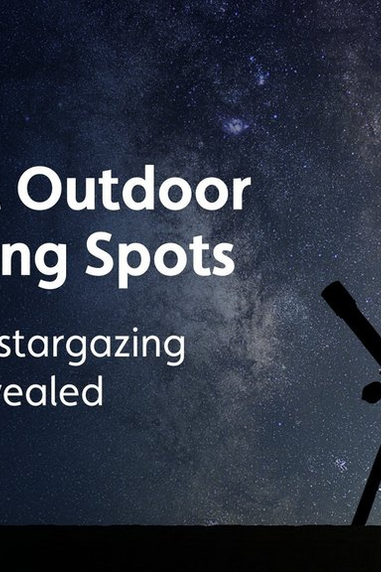Deciding on the right ski wear can snowball into a bigger decision than you may of first thought. The number of layers you need to consider, what to pack in your bag, what equipment should you rent and what to buy can be confusing. At Millets, we have created a handy guide on what you need for your first skiing trip.

Baselayers
Starting with the layer that sits closest to your skin, baselayers are the first thing to consider when buying your skiing outfit. The Baselayer tops and bottoms will retain warmth and will draw out and move sweat away from your skin to prevent you feeling cold. Take a look at our Baselayer Guide for more information
Don’t wear cotton t-shirts! Cotton holds sweat making you feel cold and wet. Look for synthetic materials or merino wool baselayers these fabrics dry quickly, can be anti-microbial and is hydrophobic meaning it holds only 1% of its weight in water.
Ski socks should sit higher than your ski or snow boot to help prevent chaffing. They also don’t have to be overly thick because boots tend to be close fitting so if you had thick socks on it can restrict blood flow. Specially designed ski socks will have some padding around the shins and heel for added comfort. Like baselayers avoid cotton, wet socks will stay wet and can lead to skin irritation.
Mid layer
The midlayer should be an insulating layer to fight back the cold. A synthetic fleece is a perfect midlayer. Everyone feels the cold differently, so you need to make the decision on how thick you want the fleece to be. Ski specific jackets will offer lightweight insulation that can warm enough, but if you tend to feel cold easily look to layer up appropriately. If you’d like more information on fleece and midlayers view our fleece buying guide

Outer Layer
Ski Jackets are waterproof and insulated outdoor jackets that have ski specific features to make them perfect for the slopes. The ski specific features are ski pass pockets placed on the sleeve, Snow skirt which is a clip-on waist strap that will prevent snow from going up the jacket and making you cold and wet. A waterproof jacket will also work to keep you dry just be sure to wear an insulating layer underneath.
Ski Pants or otherwise known as salopettes are a must for your skiing holiday. These pants are waterproof and lined with insulation. The outer material is hardwearing so if you fall you won’t get friction burns or damage the pants. Some ski pants will also have ventilation zips to help vent heat on warmer days and internal snow gaiters that fit over boots preventing snow from creeping up the pant legs.

Equipment
Ski Helmets are optional when on the slopes but always recommended. Ski helmets are designed to take the specific impacts when falling on skis and will also be lined with insulation for additional warmth. You shouldn’t consider wearing any other type of helmet i.e. cycling or climbing helmets because they aren’t designed to take impacts you will likely receive when skiing.
Ski Goggles will protect your eyes from wind, snow and glare from the sun. Be sure to try before you buy, you want to make sure that they sit comfortably on your face and if you have glasses see if they fit over them. When it’s not snowing whilst on the slopes, sunglasses will also work fine.
Having a Backpack on the slopes is the easiest way to carry all you need for days out. In your pack, you should carry at minimum some spare layers, a bottle of water and snack. Having a backpack is a great way to stay out the mountains for as long as possible.

Accessories
Neck gaiters are a useful accessory that is perfect for adding easy insulation. Having one of these over your face is great for windy days or when you're sitting on the ski lifts. Neck gaiters come in various insulation types giving you even more choice for warmth.
You want to choose gloves that are water resistant or waterproof and insulated. Generally, the thicker the gloves the warmer you are going to feel. Be sure not to get gloves that are too tight, if they are to tight then you restrict blood flow which will make you feel cold. Mittens tend to be warmer than gloves, but you do sacrifice dexterity for this. You can look for Ski specific gloves which include goggle wipe, long cuffs, and leashes that can be attached to your jacket.
When you’re having a break and you take your helmet off. Have a beanie packed in your pocket or pack and you’ll be thankful for the extra warmth.

Tips and Advice
- Always wear sun cream. It’s obviously not going to feel warm but at high altitudes and snow glare, the UV rays are going to be dangerous on your exposed skin so be sure to regularly apply sun cream.
- Dress for the conditions, the weather can change quickly up in the mountains so be prepared for everything by carrying additional layers in your pack. You can then add and remove layers with ease when on the slopes.
- Don’t buy everything right away. Ski equipment is very expensive, and you want to make sure you enjoy the sport before you invest. You can rent Ski Boots, Helmets, Skis, poles or you can beg, borrow and steal from friends and family to save some money.
- Handwarmers and footwarmers are great in a pinch. Some people however may find this an essential when skiing. Slide these into your boots or gloves and have hours of warmth no matter how cold or damp your clothing gets.
We hope this handy guide will help you with deciding on what to bring for your first skiing trip. Explore our complete ski collection and find the right outfit for you.





